The Western Australian Council of Social Service Inc. (WACOSS) welcomes the opportunity to make a submission to Energy Policy WA on the Renewable Hydrogen Target for Electricity Generation in the South West Interconnected System consultation paper.
WACOSS does not support the introduction of a renewable hydrogen target for electricity generation in the SWIS. We are concerned that such a target would not be in the interests of consumers and that it will, in fact, make climate action and the task of reaching net zero emissions by 2050 more challenging.
A Poor Outcome for Consumers
WACOSS is very concerned that the result of a renewable hydrogen target for electricity generation would be to push the costs and risks of developing a hydrogen industry, that otherwise appears focused on industrial and export opportunities, on to energy consumers, including WA households. Pushing such costs on to consumers is profoundly regressive, with research demonstrating that low-income households spend a significantly higher percentage of their disposable income on energy bills and have little, if any, capacity to absorb or cover additional costs.[1]
A certificate scheme that requires electricity generators to source energy for generation from renewable hydrogen will unnecessarily increase inefficiencies and costs, which will ultimately be borne by consumers. It is important to note that hydrogen is not a source of energy itself, but instead an energy carrier. Renewable hydrogen requires renewable electricity generation in order to be produced, and so any requirement that renewable hydrogen is then used as part of electricity generation introduces a costly and entirely unnecessary step into the generation process.
As such, there is no possible scenario in which the electricity generated from renewable hydrogen could cost less or even the same to produce as utilising the renewable electricity directly. Not only does it add an unnecessary step into electricity generation, but hydrogen’s substantial efficiency losses mean that significantly more renewable electricity generation will have to be built to produce the same amount of energy, materially increasing energy costs and delaying decarbonisation of the energy system. Renewable hydrogen suffers from substantial energy losses across the value chain, with 30-35 per cent of the energy used to produce it through electrolysis lost, 13-25 per cent lost when converting it to other carriers, and 40-50 per cent of energy lost when using it in fuel cells.[2] There are further losses in the process of hydrogen transmission as well as efficiency losses in any generation involving hydrogen fuelled gas generation. The profound inefficiencies of utilising renewable energy to produce hydrogen to then be deployed in electricity generation will inevitably lead to sizeable and unnecessary costs for consumers.
The schemes in other jurisdictions that are presented as relevant examples are not comparable with what is being proposed here. Those schemes sought to accelerate the narrowing of a cost gap, which was already occurring, for otherwise superior and less carbon-intensive methods of generating electricity. A Renewable Hydrogen Target for electricity generation, however, introduces the intentional subsidy by consumers of a particular generation process that can never be as cost-effective or efficient as directly utilising the renewable electricity it is competing with.
WACOSS acknowledges that electricity prices for residential consumers are set by the WA Government and that it has a current policy of capping increases in those prices to no more than CPI. We note, however, that this government previously had a stated intention of moving to cost-reflective tariffs.[3] We cannot, therefore, assume that any material increase in costs will not at some stage be passed on to consumers by this or future governments. It must also be recognised that subsidies provided to Synergy by the WA Government, are a cost ultimately borne by the Western Australian public, whether through taxes or lack of public investment elsewhere.
As such, decisions that result in greater inefficiencies and costs in energy generation, even where government policies shield household bills, will still have an impact on consumers. The potential costs of a Renewable Hydrogen Target must, therefore, be carefully considered.
A Poor Outcome for Climate Action
Even where it is produced utilising renewable electricity generation for all energy input requirements, hydrogen is an indirect greenhouse gas with significant warming impacts.[4] Increased levels of hydrogen in the atmosphere increases the concentration of greenhouse gases such as methane, water vapour and ozone, in the troposphere and stratosphere.[5] Recent analysis has suggested that when considering relative warming impacts from continuous emissions in the near term, hydrogen is 100 times more potent than CO2 emission over a 10-year period.[6]
This is of significant concern due to the unintended leakage that occurs across the entire hydrogen gas value chain, as well as where it is deliberately purged and vented.[7] The small size of hydrogen molecules mean that it can be difficult to contain, particularly where systems were originally designed for larger molecules such as methane. The lack of data being collected on hydrogen leaks means that is not possible to know exactly how much is being emitted through the supply chain and so to accurately assess the climatic impacts from increasing the use and production of hydrogen.[8] It would not be prudent to introduce a Renewable Hydrogen Target without first determining the likely leakage rate and possibilities for fugitive emissions, where other renewable energy sources can be utilised for electricity generation that do not carry the same risks.
There is a risk too that establishing a Renewable Hydrogen Target mechanism will result in renewable electricity generation being diverted towards the production of hydrogen, rather than directly displacing the fossil fuels that are currently being used for electricity generation. Further, it could divert renewable hydrogen from being utilised where it is actually needed to replace current uses of non-renewable hydrogen and ammonia. This could have the effect of inadvertently slowing down the necessary energy transition in the SWIS and delaying needed climate action.
It does not follow from recognising the particular geographic challenges facing the SWIS in implementing pumped hydro as a form of longer-duration renewable energy storage, that the appropriate response is to ‘lock in’ hydrogen as the alternative. Using renewable hydrogen at scale to provide longer-duration storage is untested, with no evidence that is can be utilised for such a purpose cost-effectively or safely. Renewable hydrogen is not the only clean technology that provides an alternative to pumped hydro as storage and of those technologies, it would be particularly inefficient.[9]
Decarbonising Hydrogen Production
Though WACOSS does not support the introduction of a renewable hydrogen target for electricity generation in the SWIS, we strongly agree that it is critical that action is taken to decarbonise the use of hydrogen in Western Australia and to support that decarbonisation globally. Reducing the reliance on fossil fuels in industries that currently utilise hydrogen is necessary to achieving our decarbonisation goals.
Rather than the alternative of a use-agnostic renewable hydrogen certificate scheme that is mentioned in the discussion paper, WACOSS considers that the most appropriate mechanism would be a certificate scheme specifically focused on the areas where hydrogen and ammonia are currently in use and needed as a feedstock, to directly reduce the emissions profile of those industries. Further, it will ensure that the development and demand for renewable hydrogen effectively targets where it is most required and most efficient, both in WA and globally.
A scheme that is able to ensure and certify the renewable origin of the hydrogen being used is critical, and will require strong transparency requirements and fit-for-purpose regulation.[10] This scheme could be used to incentivise the use of renewable electricity for the production of hydrogen as a feedstock for existing industries, without pushing significant costs on to the energy bills of households.
Question 1. What are some examples of an objective or objectives that could be used to assess the benefits, costs and impacts of a Renewable Hydrogen Target for electricity generation?
The objective of any renewable hydrogen scheme should be to ensure that the development of renewable hydrogen supply chains is accelerated efficiently and directed towards ‘no-regrets’ uses that support the rapid decarbonisation of Western Australia, targeting industries currently using hydrogen and ammonia. Any such scheme should also include an objective that energy consumers do not subsidise the development of the industry and supply chains through their energy bills, ensuring an affordable and rapid decarbonisation of the SWIS.
Question 3. What role do you believe renewable hydrogen can play in the decarbonisation of electricity generation? To what extent will a Renewable Hydrogen Target for electricity generation in the SWIS assist in achieving the decarbonisation objectives of the State Government?
At least in the near-term, renewable hydrogen should play no role in the generation of electricity, where it is in direct competition with directly using renewable electricity to replace coal and gas. Any renewable hydrogen target for electricity generation would slow down decarbonisation, while also increasing costs for energy consumers, and have no positive impact on directly targeting ‘no-regrets’ uses for renewable hydrogen.
Question 4. What role can the infrastructure associated with the production of renewable hydrogen (i.e. renewable electricity generation facilities, electrolysers, transport and storage infrastructure) play in the broader SWIS?
WACOSS considers it to be critical that hydrogen electrolysers not be connected to the SWIS. Connecting hydrogen electrolysers to the grid would increase demand on the system and lead to higher wholesale energy costs. If there is to be any utilisation of hydrogen-capable gas generators on the SWIS, these should be run on hydrogen from electrolysers that are not grid-connected.
References
[1] ACOSS and the Brotherhood of St Laurence, Energy Stressed in Australia (2018).
[2] International Renewable Energy Agency, Green Hydrogen: A guide to policy making (2020) 13.
[3] Daniel Mercer, Daniel Emerson and Phoebe Wearne, ‘WA Treasurer Ben Wyatt wants the price of electricity to reflect its cost’, The West Australian (Web Page, 27 March 2017).
[4] Richard Derwent et al, ‘Global environmental impacts of the hydrogen economy’ (2006) 1(1) Int J of Nuclear Hydrogen Production and Applications 57-67.
[5] Nicola Warwick et al, Atmospheric implications of increased Hydrogen use (2022) Department for Business, Energy & Industrial Strategy, UK Government.
[6] Steven Hamburg and Ilisa Ocko, ‘For hydrogen to be a climate solution, leaks must be tackled’, EDF Voices (Web Page, 2022).
[7] Frazer-Nash Consulting, Fugitive hydrogen emissions in a future hydrogen economy (2022) Department for Business, Energy & Industrial Strategy, UK Government.
[8] Ilissa Ocko and Steven Hamburg, ‘Climate consequences of hydrogen emissions’ (2022) 22(14) Atmospheric Chemistry and Physics 9349-9368.
[9] David Cebon, ‘Technologies for large-scale electricity storage,’ Centre for Sustainable Road Freight (Web Page, 8 November 2020).
[10] IRENA Coalition for Action, Decarbonising end-use sectors: Green hydrogen certification (2022) International Renewable Energy Agency.




